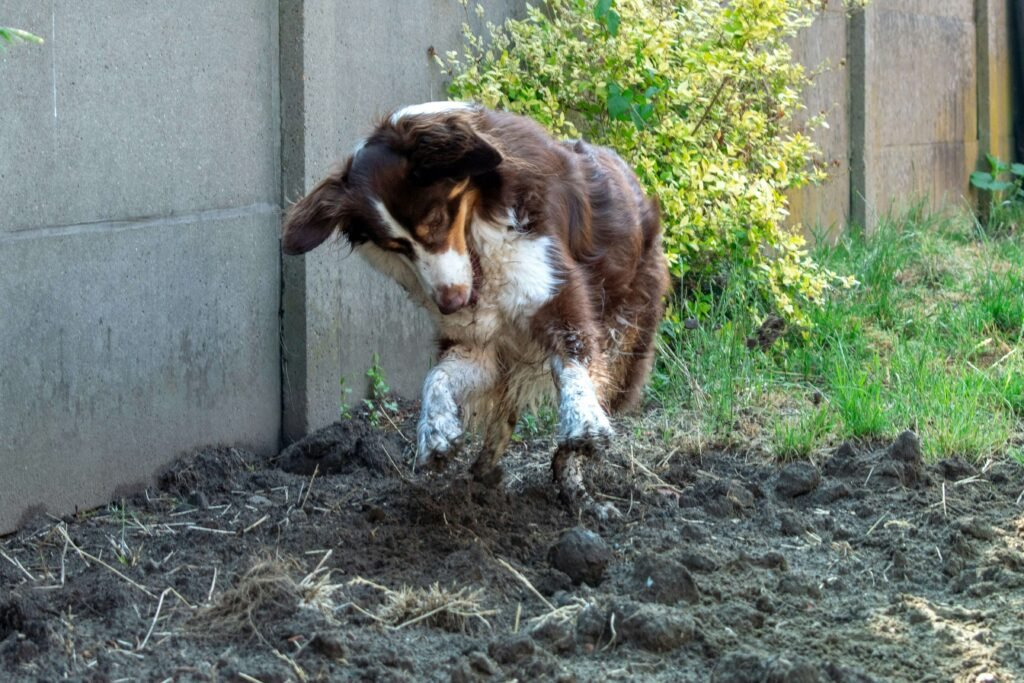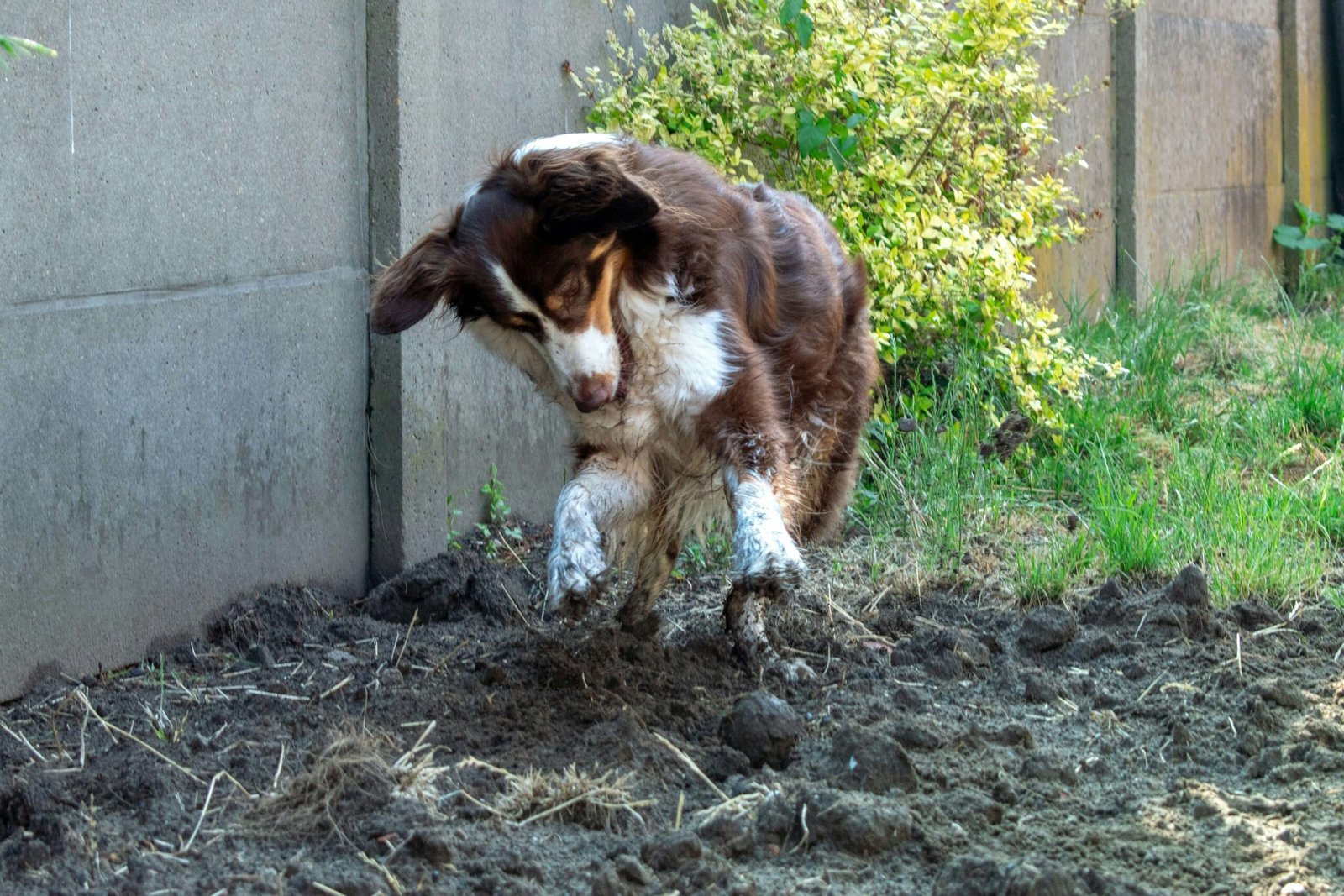Understanding a Broken Dog Paw
A broken dog paw is not only painful for your furry friend but can also significantly impact their mobility and overall well-being. Whether caused by an accident, injury, or underlying health condition, a broken paw requires immediate attention to ensure proper healing and prevent complications. Dogs rely heavily on their paws for walking, running, and exploring, so any injury in this area can be particularly distressing for them—and for you as their owner.
In this blog post, we’ll explore the causes of broken dog paws, how to identify the signs, treatment options, and tips for supporting your dog’s recovery. By understanding how to care for a broken paw, you can help your loyal companion heal quickly and get back to their playful self.
Common Causes of a Broken Dog Paw
There are several reasons why a dog might end up with a broken paw. Identifying the cause can help you take preventive measures in the future. Here are some common causes:
Accidents : Slips, falls, or stepping on sharp objects like glass or rocks can lead to fractures or cuts.
Fights with Other Animals : Bites or scratches during altercations can damage the paw.
Overexertion : Excessive running or jumping on hard surfaces can strain the paw and cause injuries.
Underlying Health Conditions : Conditions like arthritis or bone diseases can weaken the paw, making it more prone to breaks.
Chewing or Licking : Excessive chewing or licking due to allergies or anxiety may lead to open wounds or infections.
Understanding these causes can help you minimize risks and take swift action if your dog sustains a paw injury.
Signs Your Dog May Have a Broken Paw
Recognizing the symptoms of a broken paw is crucial for timely intervention. Here are some signs that your dog may be suffering from a paw injury:
Limping : Favoring one leg or refusing to put weight on a paw is a clear indication of pain.
Swelling : Noticeable swelling around the paw can signal trauma or inflammation.
Bleeding or Open Wounds : Visible cuts, punctures, or bleeding require immediate attention.
Excessive Licking : Constantly licking or chewing at the paw may indicate discomfort or injury.
Whining or Aggression : Vocalizing pain or acting aggressively when touched can point to a serious issue.
If you notice any of these signs, it’s essential to examine your dog’s paw carefully and seek veterinary care if necessary.
Check this guide 👉Understanding Blood Blisters on Dog Paws: Best 7 Tips!
Check this guide 👉Understanding Dog Knuckling Front Paw: Best 7 Expert Tips!
Check this guide 👉Spider Bite on Dog Paw: Best 7 Health Tips!

Symptoms of a Broken Paw | Possible Causes |
|---|---|
Limping or favoring one leg | Accidents, fractures, or sprains |
Swelling or bruising | Trauma, overexertion, or infection |
Bleeding or open wounds | Sharp objects or bites |
Excessive licking or chewing | Allergies, anxiety, or irritation |
Whining or behavioral changes | Pain, fear, or discomfort |
Treatment Options for a Broken Dog Paw
The treatment for a broken paw depends on the severity of the injury, but there are several approaches veterinarians may recommend. Here are some common treatment options:
Rest and Confinement : Limiting activity allows the paw to heal without further strain.
Bandaging or Splinting : Wrapping the paw or applying a splint can stabilize fractures or deep wounds.
Antibiotics : If there’s an infection, antibiotics may be prescribed to prevent complications.
Pain Management : Medications like anti-inflammatory drugs can help alleviate discomfort.
Surgery : In severe cases, such as complex fractures, surgical intervention may be necessary.
Always consult your veterinarian to determine the best course of action for your dog’s specific injury.
Tips for Supporting Your Dog’s Recovery
Helping your dog recover from a broken paw requires patience and dedication. Here are some practical tips to aid their healing process:
Create a Safe Space : Restrict access to stairs, slippery floors, or areas where your dog might reinjure themselves.
Monitor Activity Levels : Prevent excessive movement by keeping your dog calm and supervised.
Clean the Wound Regularly : If there’s an open wound, gently clean it as directed by your vet to prevent infection.
Use Protective Gear : Consider using a cone or booties to stop your dog from licking or chewing the injured paw.
Provide Emotional Support : Offer plenty of affection and encouragement to keep your dog’s spirits high during recovery.
By combining professional treatment with these supportive measures, you can help your dog heal faster and return to their normal activities.
Preventive Measures to Avoid Paw Injuries
Preventing paw injuries is always better than dealing with the aftermath of a broken paw. Here are some proactive steps you can take to keep your dog’s paws safe:
Inspect Paws Regularly : Check your dog’s paws after walks or outdoor play for cuts, thorns, or debris.
Trim Nails Properly : Overgrown nails can lead to discomfort or fractures, so keep them trimmed.
Avoid Hot Surfaces : Walk your dog on grass or shaded areas during hot weather to prevent burns.
Use Protective Booties : Dog booties can shield paws from sharp objects, extreme temperatures, or rough terrain.
Supervise Outdoor Activities : Keep an eye on your dog to ensure they don’t step on hazardous items or overexert themselves.
By taking these preventive measures, you can significantly reduce the risk of paw injuries and keep your dog’s paws healthy and strong.
How to Identify Hidden Signs of Pain in Dogs
Sometimes, dogs hide their pain, making it challenging to detect a broken paw or other injuries. Here’s how to spot subtle signs that your dog may be suffering:
Changes in Behavior : Increased aggression, withdrawal, or clinginess can indicate discomfort.
Loss of Appetite : Refusal to eat or drink may signal pain or stress.
Reluctance to Play : A normally active dog avoiding playtime could be hiding an injury.
Excessive Grooming : Focused licking or chewing of a specific area may point to localized pain.
Difficulty Standing Up : Struggling to rise or hesitating before walking can suggest paw or joint issues.
Recognizing these hidden signs early allows you to address potential problems before they worsen, ensuring your dog gets the care they need.
Natural Remedies to Support Paw Healing
In addition to veterinary treatment, natural remedies can complement your dog’s recovery process. Here are some safe options to consider:
Coconut Oil : Apply a small amount to minor cuts or dry pads to promote healing and moisturize the skin.
Aloe Vera Gel : Use pure, dog-safe aloe vera to soothe irritation or inflammation around the paw.
Chamomile Tea Soak : Soaking the paw in cooled chamomile tea can reduce swelling and provide relief.
Turmeric Paste : Mix turmeric powder with water to create a paste that can help reduce inflammation.
Honey : Apply raw honey to minor wounds for its antibacterial and healing properties.
While these remedies can aid in mild cases, always consult your vet before trying new treatments, especially for severe injuries or infections.
Frequently Asked Questions About Broken Dog Paws
How long does it take for a broken dog paw to heal?
Healing time varies depending on the injury, ranging from a few weeks for minor fractures to months for severe cases.
Can I treat my dog’s broken paw at home?
Minor injuries like cuts can be managed at home, but fractures or infections require veterinary care.
Should I wrap my dog’s broken paw?
Only if instructed by your vet; improper wrapping can worsen the injury.
What should I do if my dog won’t stop licking their paw?
Use a cone or bootie to prevent further irritation and consult your vet if the behavior persists.
Can a broken paw lead to permanent damage?
With proper treatment, most dogs recover fully, but untreated injuries can result in long-term issues.
Helping Your Dog Heal from a Broken Paw
A broken dog paw is a stressful experience for both you and your furry companion, but with prompt action and proper care, your dog can recover fully. By recognizing the signs early, seeking veterinary guidance, and providing a supportive environment, you can ensure your dog heals comfortably and regains their mobility. Remember, prevention is key—taking steps to minimize risks, such as supervising outdoor play and keeping hazardous objects out of reach, can help avoid future injuries. Your dog relies on you to advocate for their health and well-being, so stay vigilant and proactive. With love, patience, and the right care, your loyal friend will soon be back on all fours, ready to enjoy life to the fullest.
Canned Pumpkin for Cat Diarrhea: Best 7 Expert Tips! Natural remedy to firm stools, soothe upset bellies, and support gut health safely.
Can a Cat Give You Scabies? Best 7 Expert Tips! Discover the truth about feline mites, human skin risks, and how to protect yourself—without panic.
Cat Flea vs Human Flea: Best 7 Expert Tips! Discover the truth about bites, species, and how to eliminate infestations for good.
Weird Cat Behaviors: Best 7 Expert Tips! Discover why cats do strange things—and how to understand, not punish, their instincts for a happier home.





